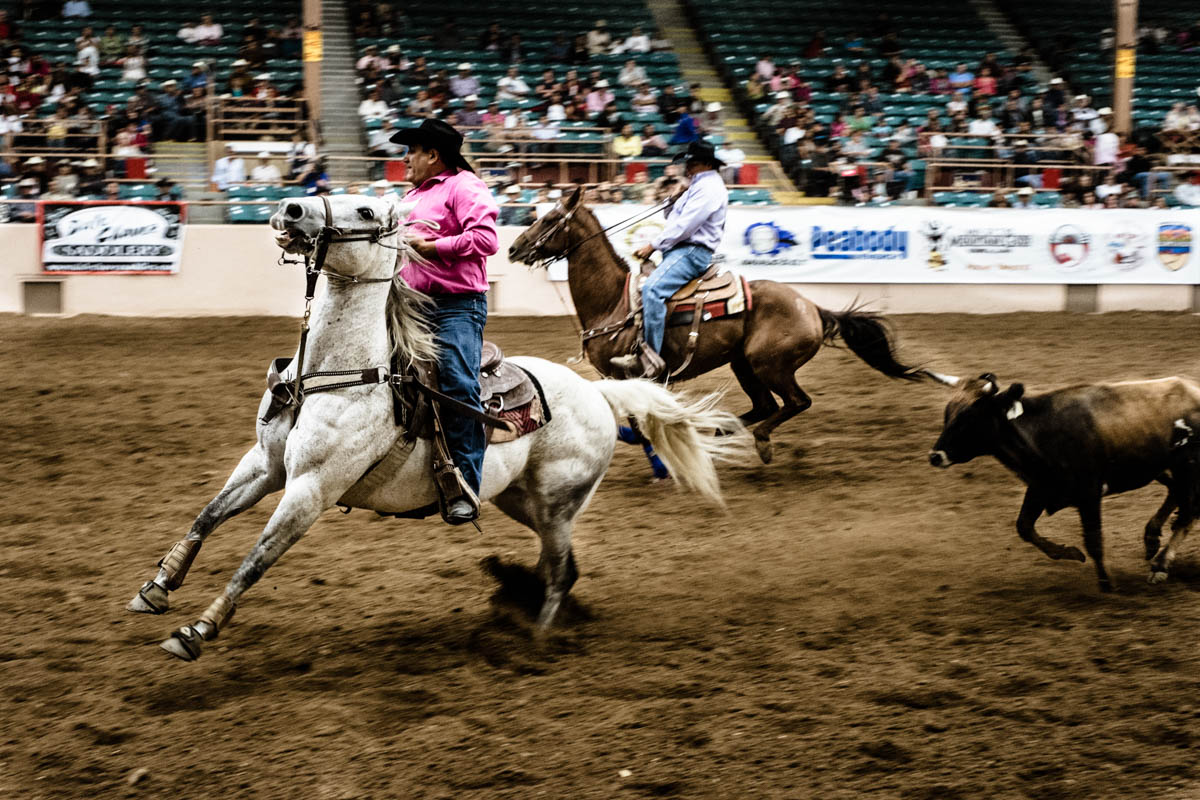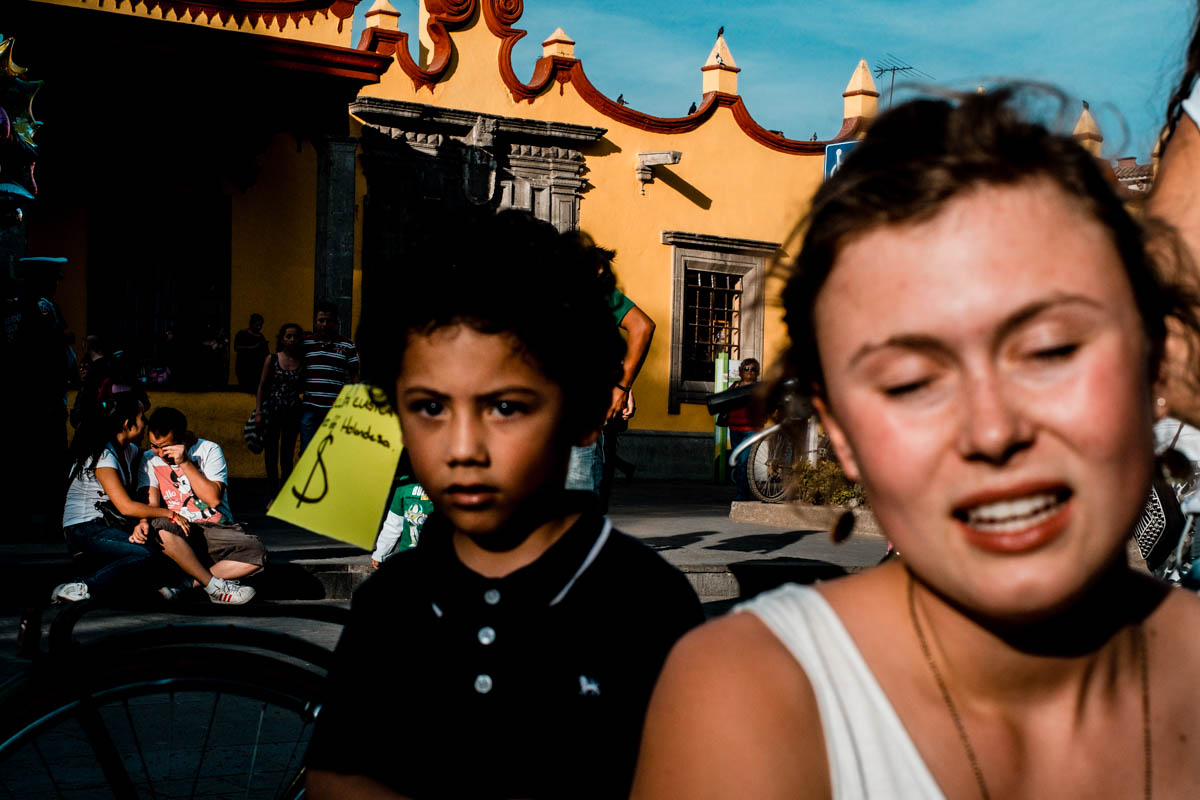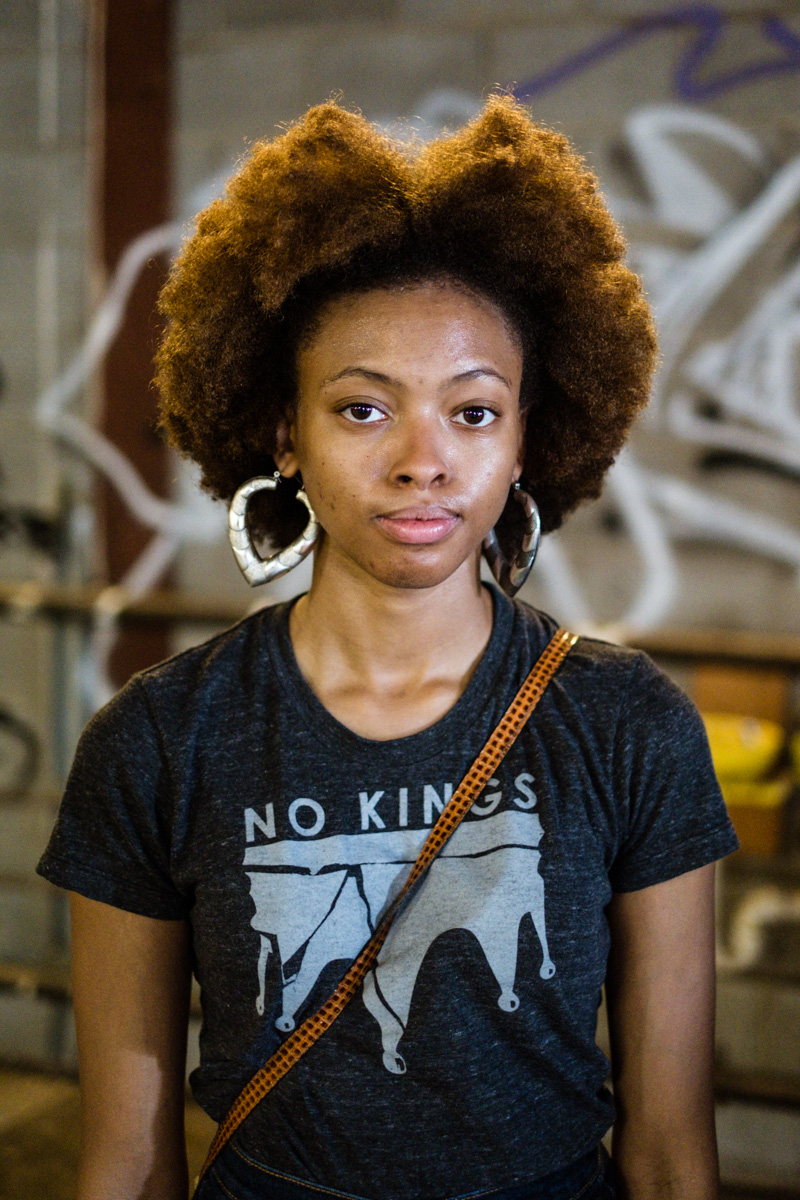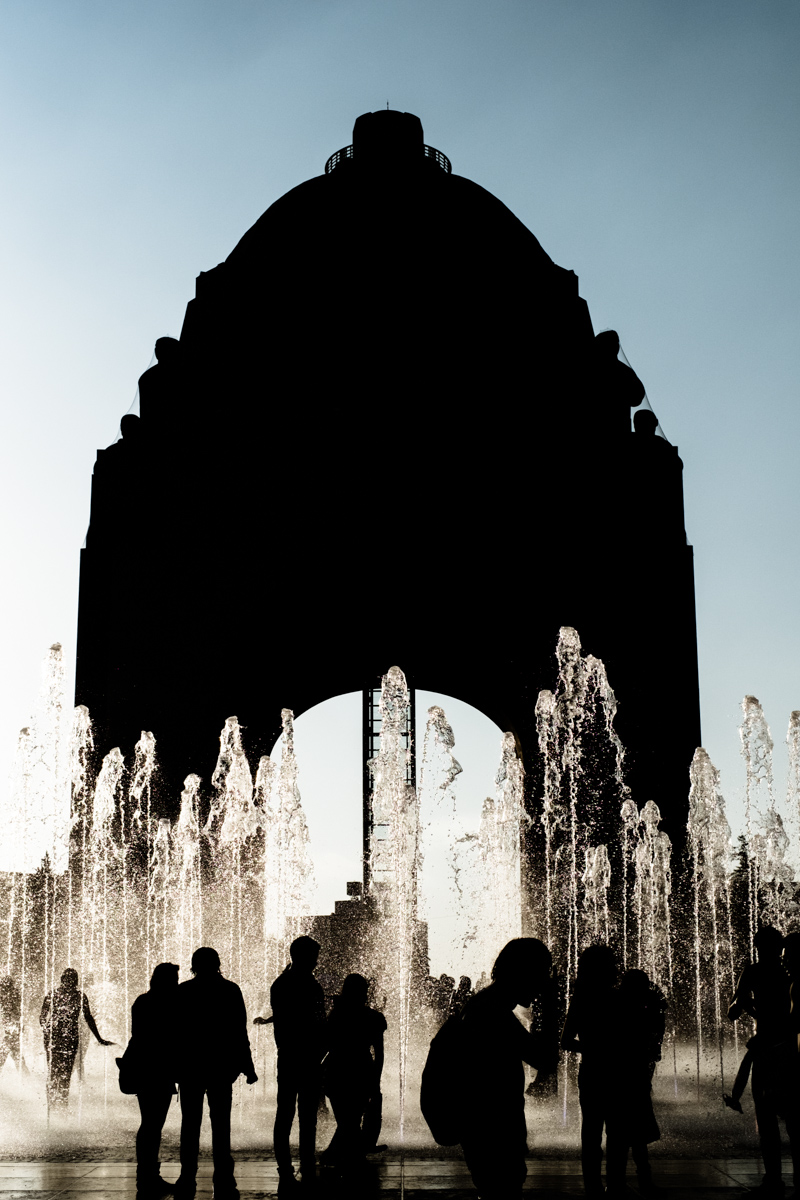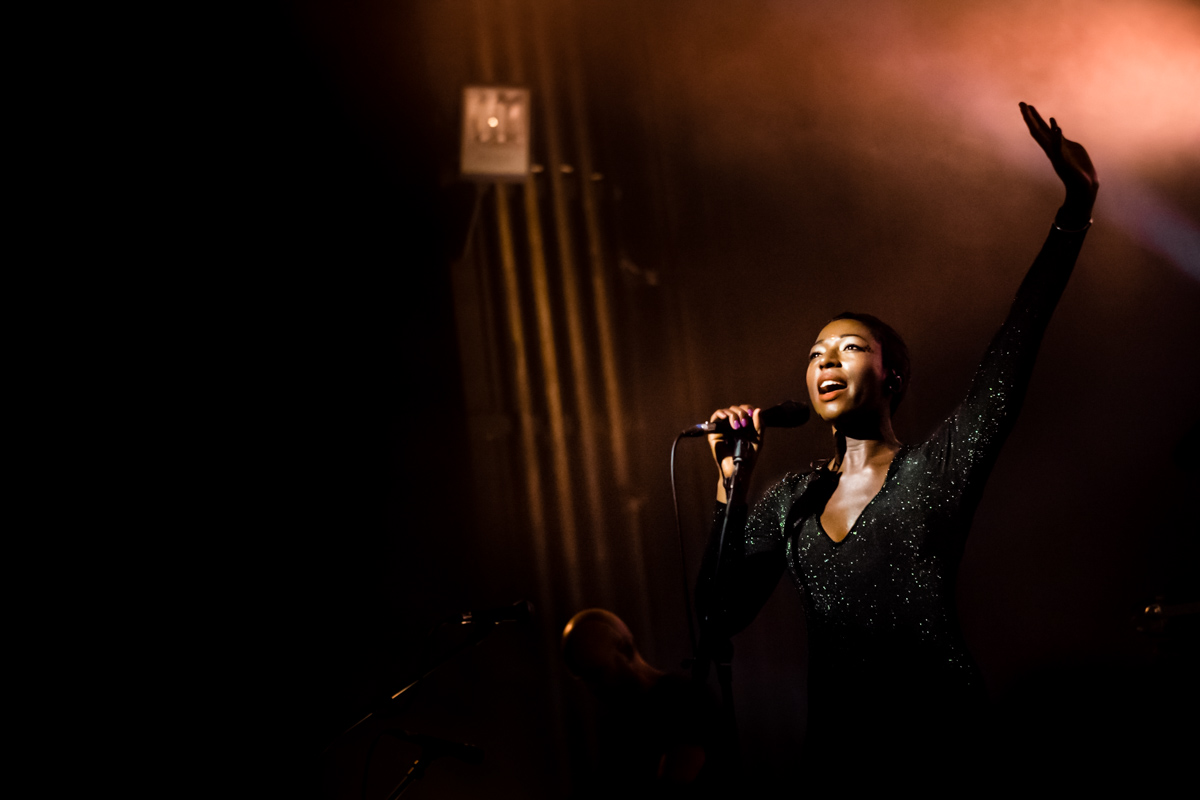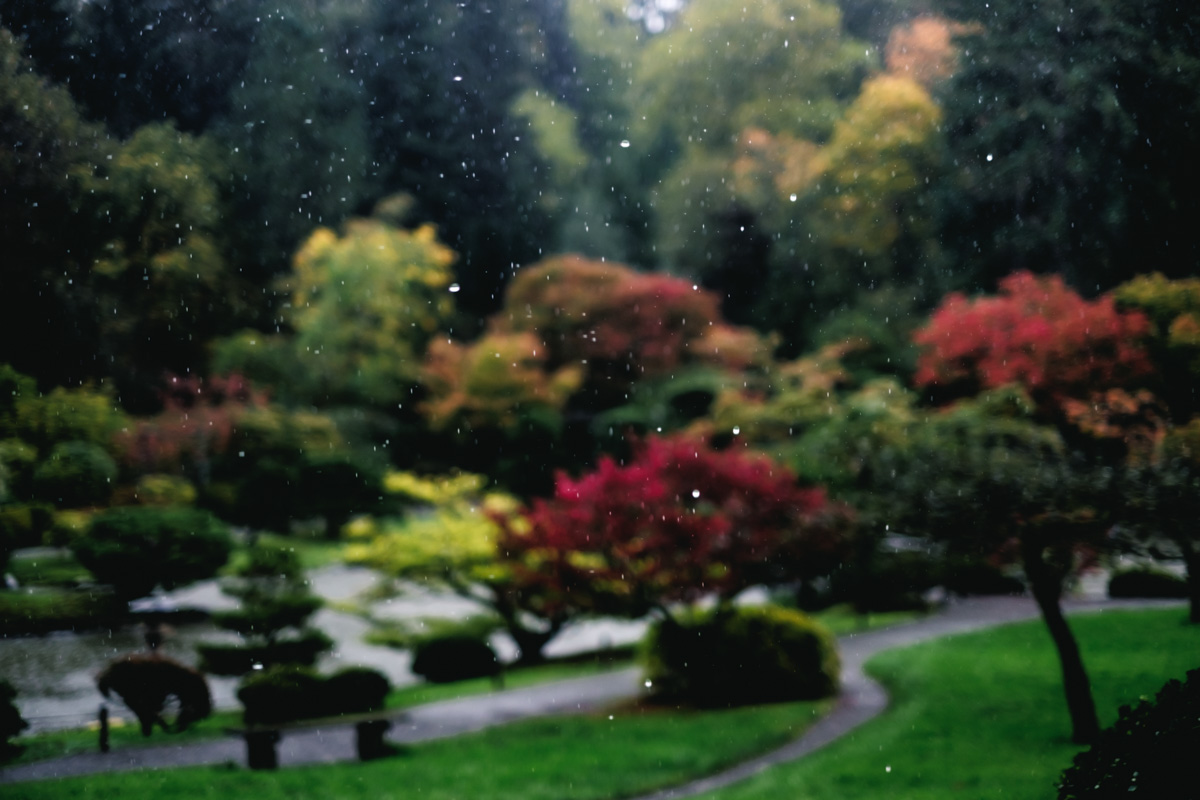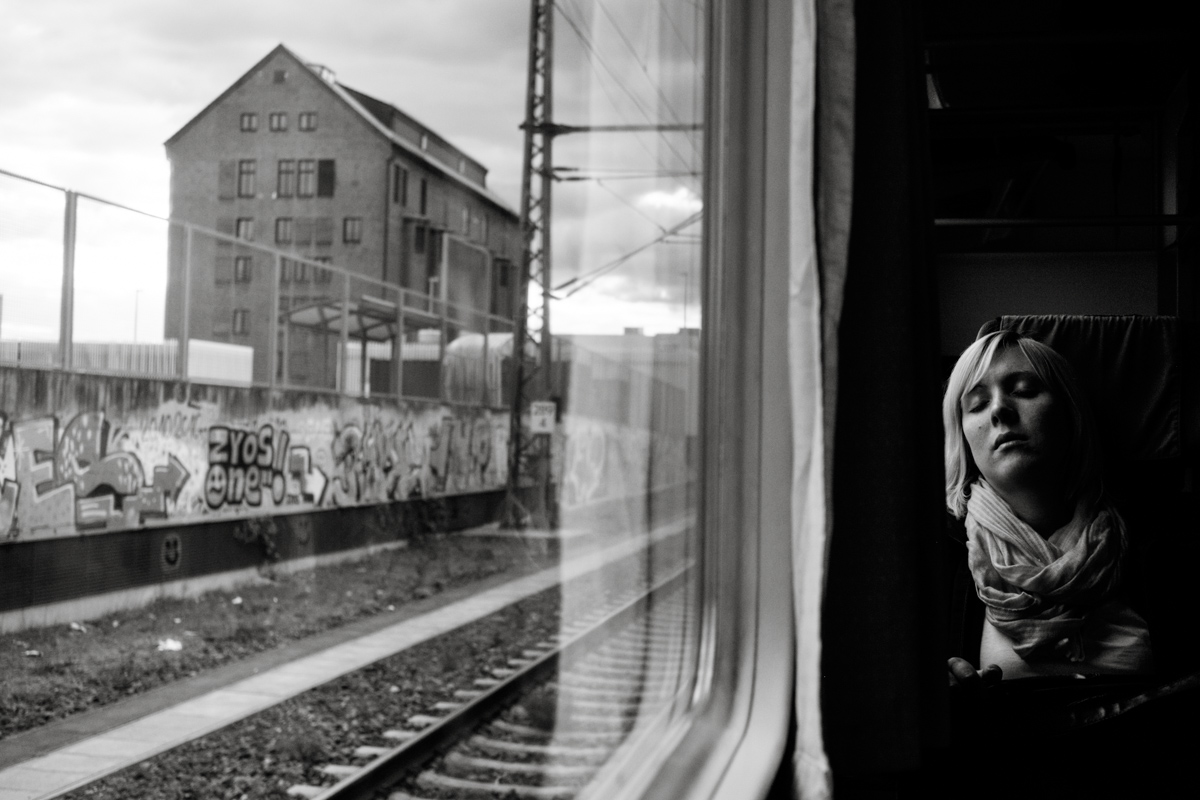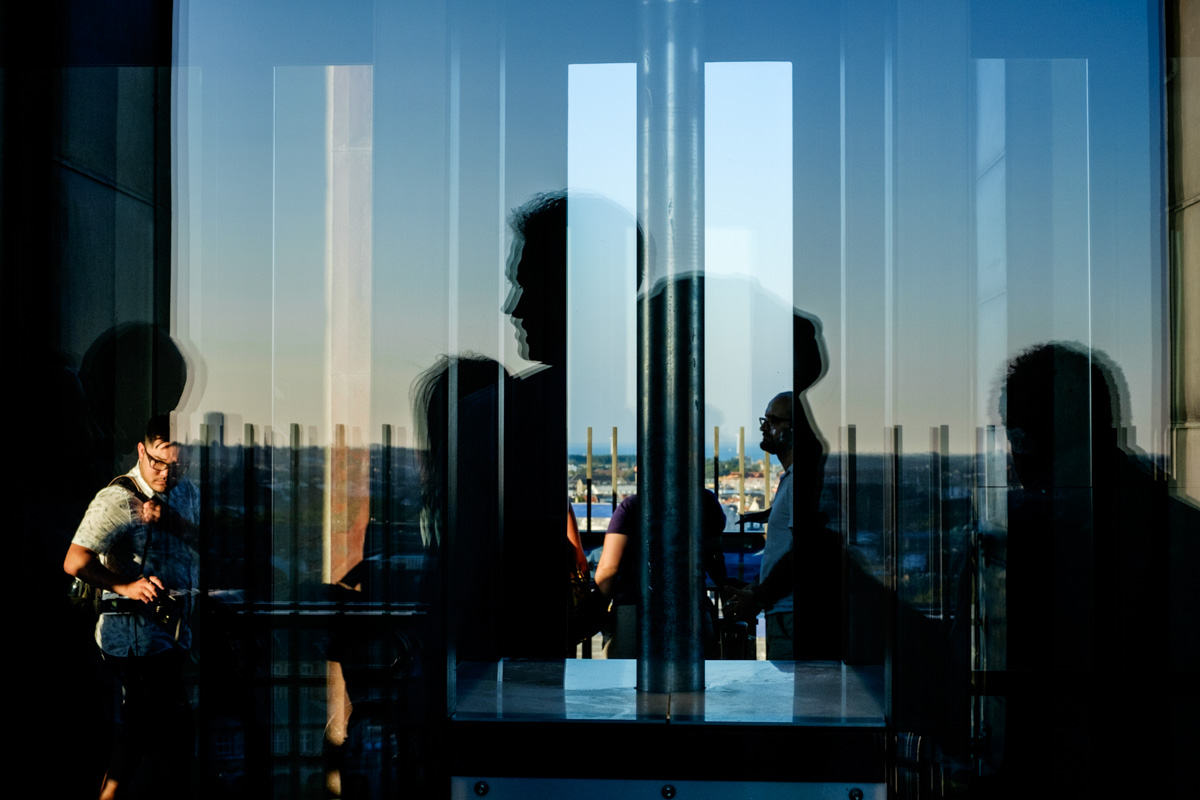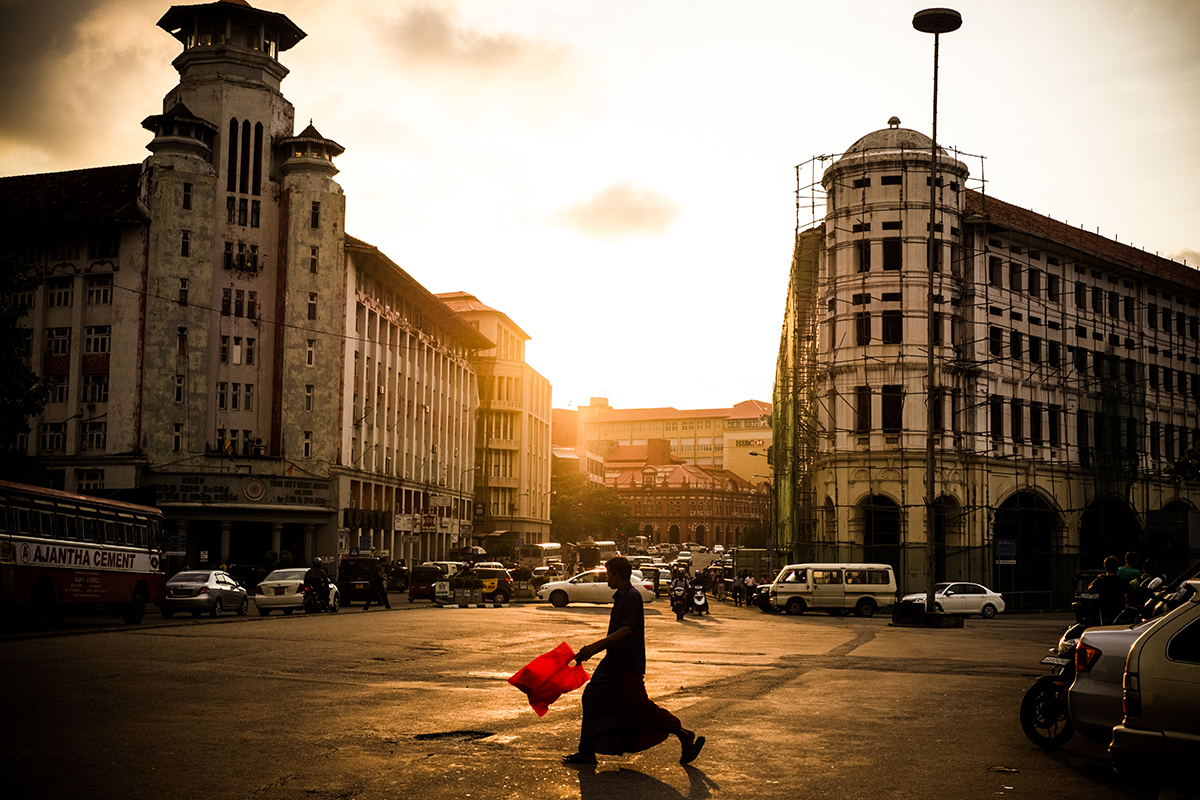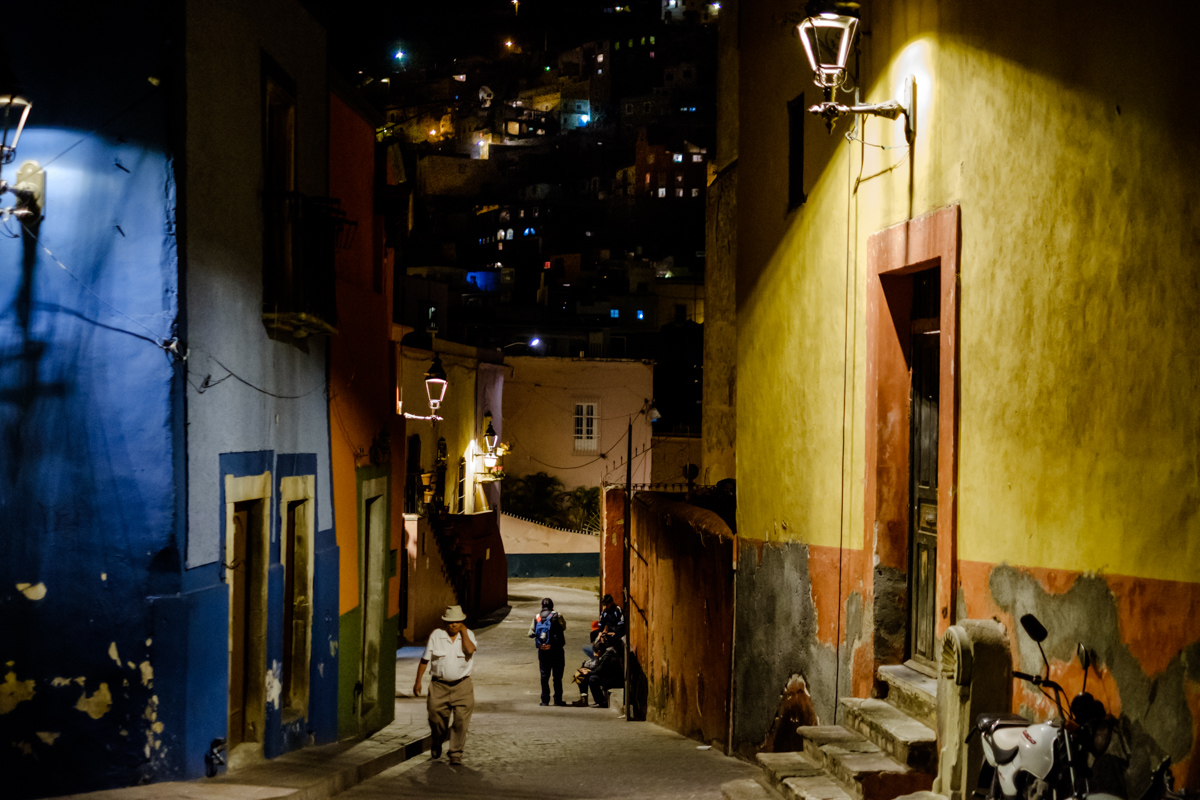
There and Back Again: An X-series Journey by Charlene Winfred
Charlene Winfred
I make a lot of pictures from planes, trains and automobiles, the byproduct of a life in perpetual transit.
I was born and raised in Singapore, and lived a decade and a half Australia. In 2013, I decided I had enough of a fixed address, sold everything I couldn’t carry with me, and began life as a nomad. I grew up inbetweener – culture, ethnicity and nation – without managing to inhabit one side fully for any amount of time. Accordingly, I am fascinated with how identity changes constantly, and affects our perspective of the spaces that we live in, move through, borrow, and own during our lives.
My still photo commissions include live event and portraiture, and video commissions include promotional and documentary films.
I use FUJIFILM X Series cameras and lenses exclusively for both still and video work.
I met the X-Pro1 at a time of sudden change.
In late 2011 I sustained a neck injury that gradually got bad enough to make carrying a camera – a DSLR at the time – impossible for more than a few minutes at a stretch. I needed to find a solution, or stop shooting altogether.
Fujifilm announced the X-Pro1 around that time, which promised less size, less weight, great low light handling and great image quality files. It sounded like something that might help me, and was good looking to boot. So in mid 2012, I unboxed one of my own, which came with a XF35mmF1.4 R.
But then I started to use it, and discovered that it was slow as syrup on a Sunday afternoon. Slow to turn on, slow to turn off, slow to release its shutter, and as for focusing…. Well, there was a rumor it could autofocus. But I liked that it gave me files of excellent quality, and that my pictures didn’t crumble at ISO 6400. I shot a lot at night in those days, so low light handling was important.
Sure, I missed a ton of shots, especially at the beginning, but it forced me to be more disciplined with my shooting, and more deliberate with the pictures I made. I liked the way its shutter sounded: not the gunshot clap I’d been used to from Nikon, but a snick like a twig snapping on a bed of moss. It didn’t kill my back, and returned pleasure to shooting. Most of all, I liked the way it fit in my hand, and how using it didn’t feel like pointing a weapon at people. In fact, once I’d worked my way around its limitations, I ceased to notice I was using it at all. It was a revelation.
Six months after I got the X-Pro1, I left Australia, where I’d lived for the past 14 years (I was born and raised in Singapore). I’d had enough of the snugly suburban life, cranking the 9-5 at an office, in an environment that promised little change, and a paycheck that came in like clockwork to make sure it stayed that way. I walked away from it all to live as I do now: on the road.
In my first year as a nomad, I photographed things I had never encountered, in places I had never been: nature in West Texas, portraiture on the streets in Washington D.C., music in Copenhagen, and a combination of all the above in Mexico City. The camera, in not being able to keep up with situations, taught my reflexes to cope with its lack.
The X-Pro1 was an apt companion for a life outside my comfort zone. In taking leave of all the things that anchored me to certainty – lifestyle, environment, work – it was fitting that I would also carry a camera that made me deal with things I never thought about before.
By the time I got my hands on the X-E2, which Fujifilm Nordic lent me in the northern summer of 2014, I was so tuned to the X-Pro1 that the newer camera’s improvements in responsiveness were initially bewildering. A retune was in order.
That readjustment didn’t take very long at all. I loved that X-Trans II sensor and what it did for low light shooting; the clarity of ISO 6400 frames were delightful. And so was the fact that here was an even smaller, lighter camera than the one I had. It too fit my hand like it was made for it, and was even more discreet, with the same spare, range finding grace of its big sister. It remains, to date, my favorite camera body of them all.
I swapped the X-E2 for an X-T1, in early 2015. I hadn’t been too interested in this camera when it was launched the year before, mostly owing to the way it looked. It took longer to get used to, as it felt like a camera made for a very different sort of photographer.
I always know I have an X-T1 in my hands; it demands to be celebrated as the X-series hotrod. Subsequent firmware releases have only made it faster and more versatile.
I don’t shoot as comfortably with the X-T1 as I have the other X-series bodies, but it brought video into my life: something I wouldn’t be doing if not for this particular body.
Despite the X-T1 opening up new directions, and making life easier (for instance, I rare ever find myself manually focusing anymore), I’ve missed the feel of the X-Pro/X-E series, and how they disappear in hand.
I’ve been looking forward to the X-Pro 2 for a while. There are some things that are bodily different about it – the ISO dial, the joystick – but it still felt overwhelmingly like an old friend. I was suitably blown away by the new X-Trans III sensor, and how it extends native low light capability to a cool 12,800 ISO, and also by the new shutter,which fires like an extension of a nerve.
But most of all, what I love is that it feels like just the X-Pro1. Pulling it out of the box and into my hand was togive in to a heady recognition. This was a camera I understood how to use. It felt, overwhelmingly, like coming home after 4 years away.
The X-series has come a long way in a short time, and it has been eye opening to come along for the ride. In the next 5 years, I hope to see Fujifilm continue do what they have been doing so well: boldly stepping forward with photographic technology innovation (adding to the X-series range, of course), helping photographers to challenge their horizons.

















































